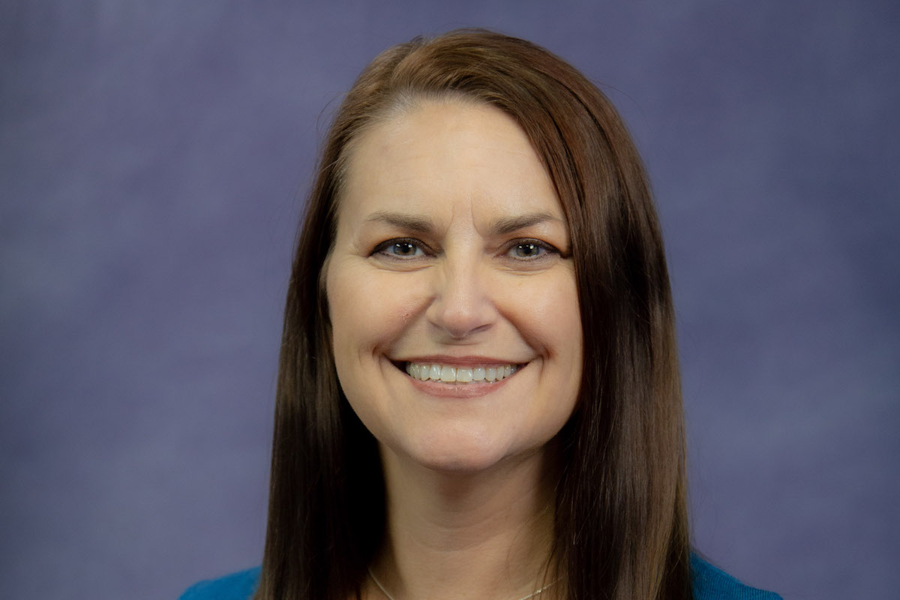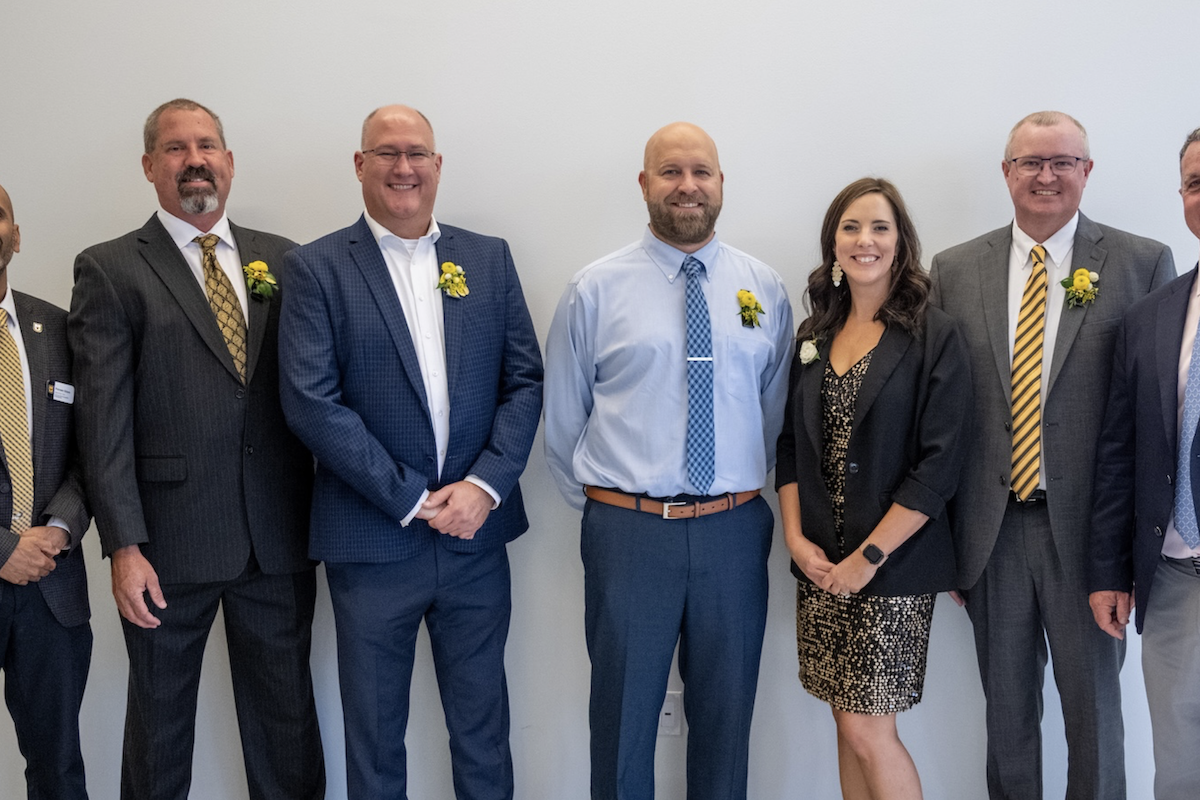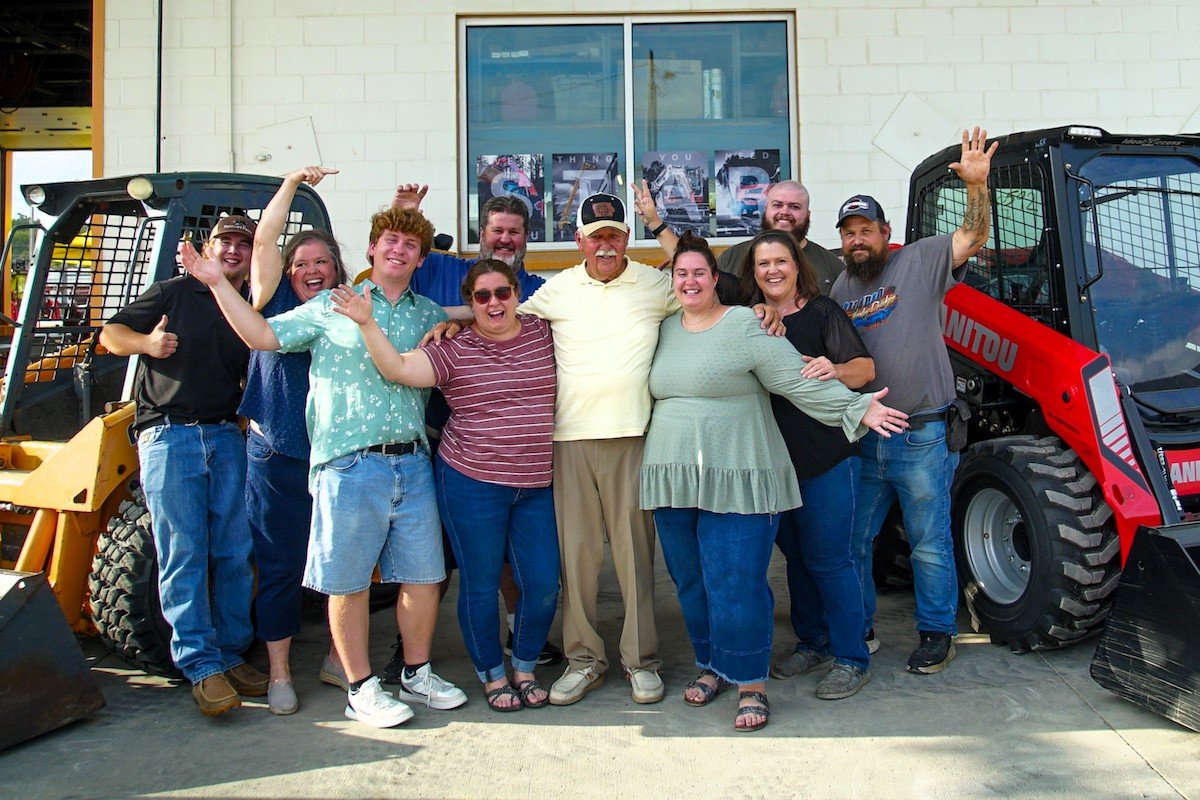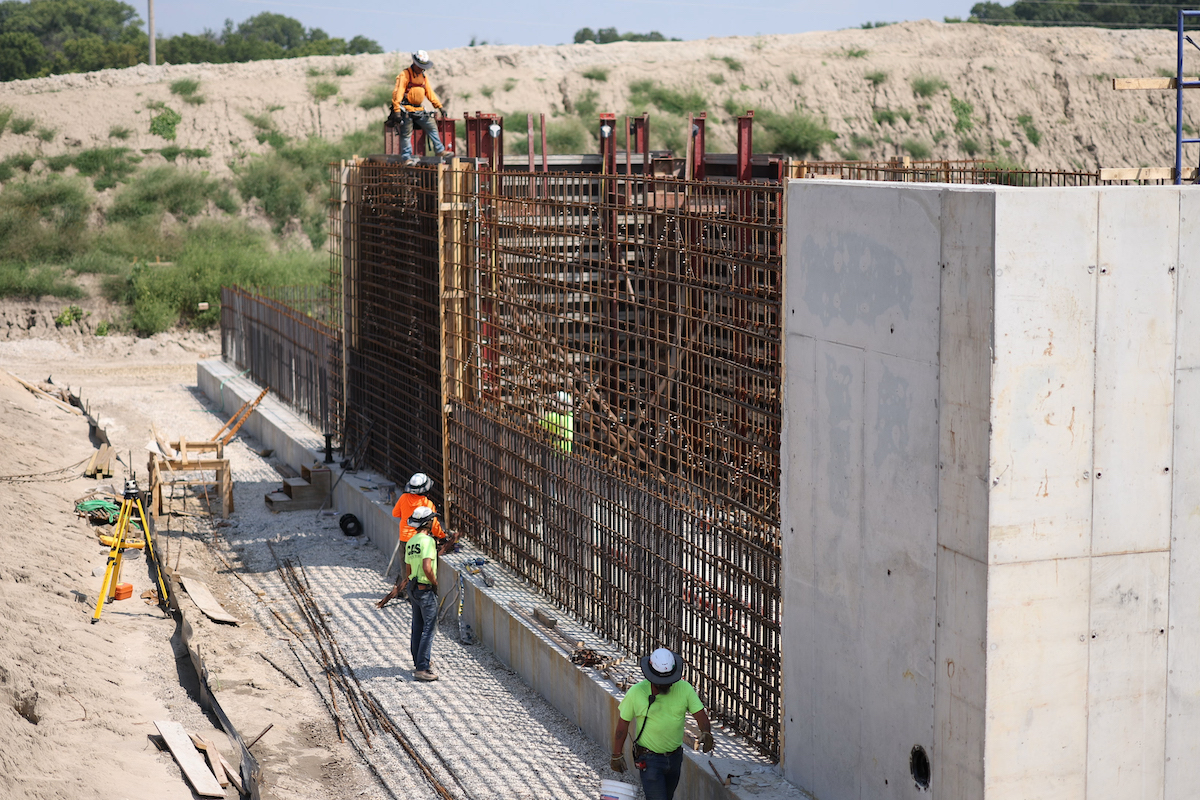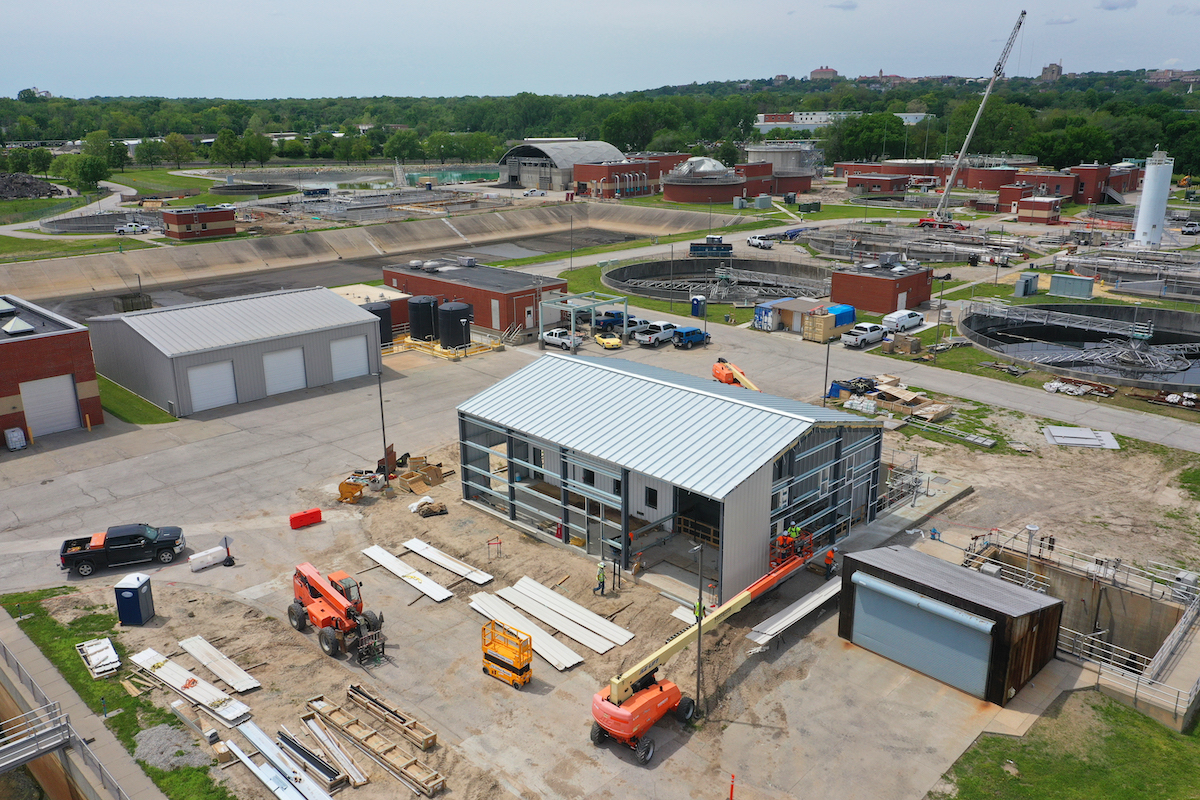The Arma Connection, along with its sister expansion project to the north, have the same purpose – to create a continuous four-lane highway corridor from Pittsburg, Kansas, to Kansas City. Ultimately, the state aims to make the route a four-lane highway throughout its boundaries.
The primary reason behind the current project and state’s long term vision for the route is related to economics. “By having a four-lane highway nearby making transfer of goods simpler, industry is more likely to build in the area,” says Kyler Farmer, a Construction Engineer for KDOT. Farmer, who oversees all construction projects in the local KDOT office that is involved with the Arma Connection, adds, “We believe this will create jobs and help the state’s economy.”
Another reasons for the project is safety, as Farmer notes that four-lane highways are inherently safer than two-lane highways. “There’s no head-to-head traffic, passing in head on lanes is eliminated, and there’s more room for breakdowns,” Farmer says.
In addition, traffic is growing in the area and is projected to continue doing so, as the average daily traffic count was 7,250 vehicles in 2019 and is projected to reach 9,950 vehicles in 2039. Much of the traffic is miscellaneous commerce with goods traveling down from Kansas City and other points north.

| Your local Iowa Mold Tooling Co Inc dealer |
|---|
| Star Equipment LTD |
Lastly, the public has expressed interest in seeing the highway expanded. The area is home to Pittsburg State University. The completion of the two U.S. 69 expansion projects in Crawford County will ease traffic congestion as students, parents, and faculty travel between the Kansas City area and Pittsburg.
Rather than adding one lane in each direction to the current configuration, KDOT is constructing two new lanes adjacent to the current route. The decision to do so enables traffic to continue to flow while construction proceeds, increases safety, and minimizes the need to purchase significant right of way.
Another element of the project is the addition of a bridge. The current bridge will be getting a deck repair.
Finally, portions of the existing route will receive a new mill and overlay. Some of the route is concrete, and portions will be repaired.
Because of the unexpected underground find, the team has had to do some blasting. This is taking longer to remove than it would if it were soil.

| Your local Komatsu America Corp dealer |
|---|
| Road Machinery and Supplies Company |
When constructing through the town of Arma, there’s only a narrow area to work with, according to Farmer. If one were to look at the highway, it might look like one massive lane. As the highway progresses out of the town, there’s more space between the current set of lanes and the lanes being built.
Besides making movement of equipment and workforce challenging, the proximity of the two sets of lanes adds an issue of filtration. “With the two new lanes, the existing roadside ditch has been reduced to a median and there’s nowhere for the water to go,” Farmer says. To handle this issue, the team is creating median inlets to capture water. The drainage structure work means installing crossroad piping.
The project began in March 2020, just as the COVID-19 pandemic hit. However, Farmer notes, “The project was able to ramp up as cars were off the road.”
Serving as the contractor on the project is Koss Construction Company, who secured the job by offer the lowest bid. They have 440 working days to finish the project, with the project expected to be complete during the fall of 2022. However, there is no set date. KDOT deliberately creates contracts like this as they believe it encourages the contractor to stay on the project or risk losing money. It also gives them the freedom to work in a way that best suits them.
Like previous projects that Koss Construction Company has worked on for KDOT in the past, they are doing a good job on the current project. They are keeping the project on schedule – based on the number of days they’ve used – despite the extraction issue.
“The contractor has found ways to change the phasing and shorten it by doing more things in each phase rather than waiting until a later phase to get it done,” says Farmer.

| Your local Takeuchi Mfg Ltd dealer |
|---|
| Kirby-Smith Machinery |
| Star Equipment LTD |
They shifted a temporary traffic crossover to a different location, which allowed them to eliminate a phase. Originally, the contractor was required to start further up the road due to the planned layout of temporary traffic control and the crossover. This would have required the contractor to come back and pave the remaining 600-plus feet at a later time. After looking at the field conditions further, KDOT and the contractor decided to shift the crossover further south to allow the tie-in segment to be paved in an earlier phase, ultimately saving time and money.
The Kansas portion of U.S. 69 will soon have greater portions of it being a four-lane highway. This will add safety and help the state’s economy grow.


















